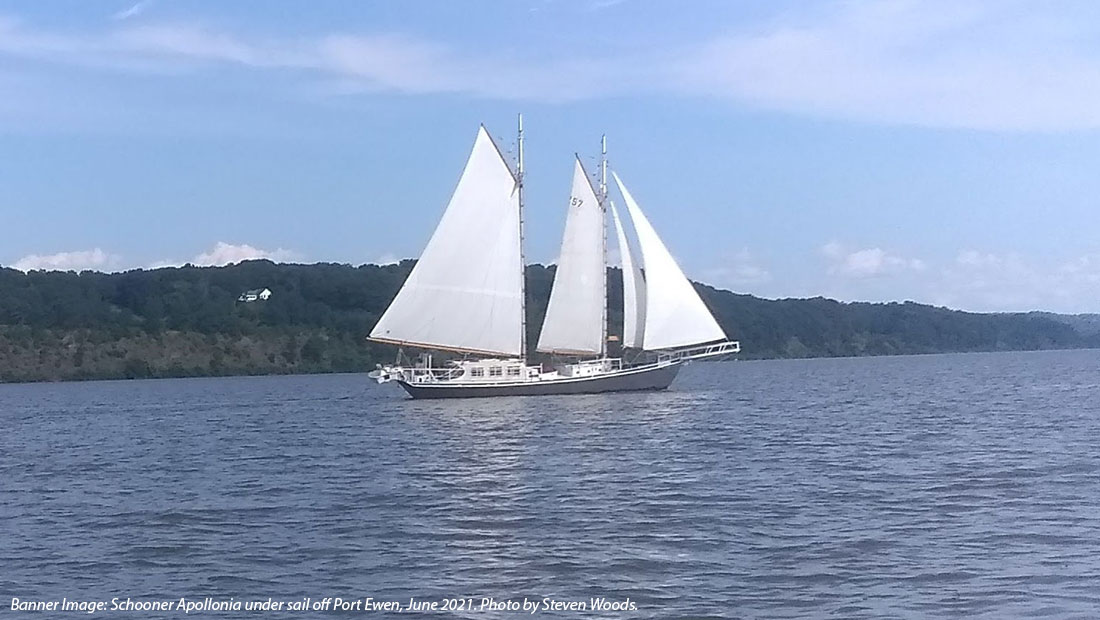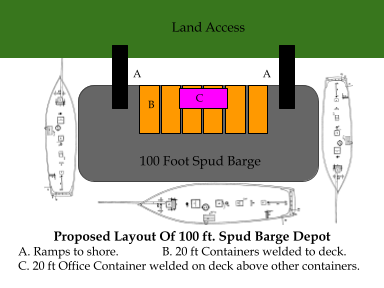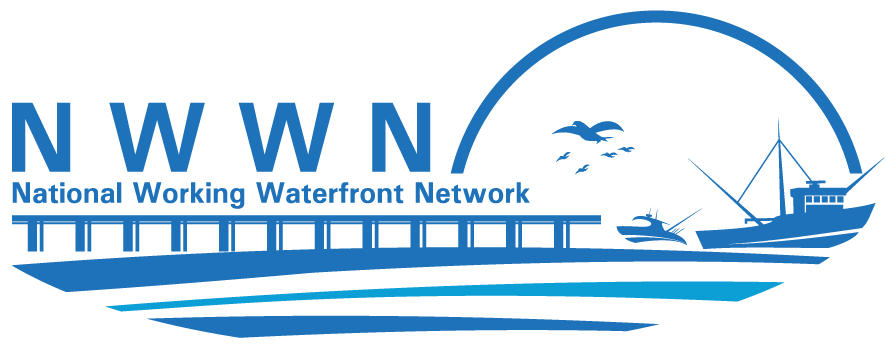
21 Nov Working Sail on Working Waterfronts Can Confront The Climate Crisis
Written by Steven Woods
Sail Freight and Working Sail is on the rise worldwide, as a response to the climate crisis and high fuel costs, as well as community-level energy independence. Projects like Schooner Apollonia in the US and dozens of others overseas are bringing primary wind propulsion back to small ports along the Hudson River and New York Harbor. While Sail Freight is “The maritime movement of cargo under primarily wind power (see pp 6)” Working Sail is simply defined as the use of sail for purposes other than leisure, such as fishing, passenger service, sail freight, research, or civil engineering.
With roadway congestion becoming an ever more pressing issue, wasting billions of gallons of fossil fuels every year, and endangering the health of drivers and those who live near highways, there is a rising role for coastal sail freight to take trucks off the roads. By moving coastal trade off the roads to small sailing vessels, we can reduce emissions, revitalize small ports, and still keep commerce moving. The impacts can be significant, and even very small vessels in a project supplying small offshore islands can reduce carbon emissions significantly. Applying wind propulsion to fishing vessels is another proven and effective means of reducing carbon emissions and fuel costs for fishing communities, though there are no active sail fishing projects in the US at this time.
Koltz’s 1980 thesis “The reintroduction of sail for marine commerce: and the consequent effects upon small port economy and trade routing” is a fantastic introduction to the concerns of working waterfronts with the return of working windjammers. Distinguishing between Sail and Steam Ports, Koltz gives a good set of rules in chapter 4 for how sail and steam ports differ, as well as the economic effects that small ports will likely experience with a revival of working sail. The Center for Post Carbon Logistics, the International Wind-Ship Association, and several other organizations are working to create a set of tools and information such as the Sail Freight Handbook to make the information which enables these projects to succeed as available as possible.


For anyone interested in integrating wind propulsion into their waterfront, please do contact the Center for Post Carbon Logistics (info@postcarbonlogisitics.org) or the IWSA (Secretary@wind-ship.org), and if there are groups in your port interested in these topics we will look forward to hearing from them in the near future.
Steven Woods is the Assistant Editor for the IWSA Small Vessels Publication, and works with Schooner Apollonia and the Center For Post Carbon Logistics on reviving working sail in the US.

